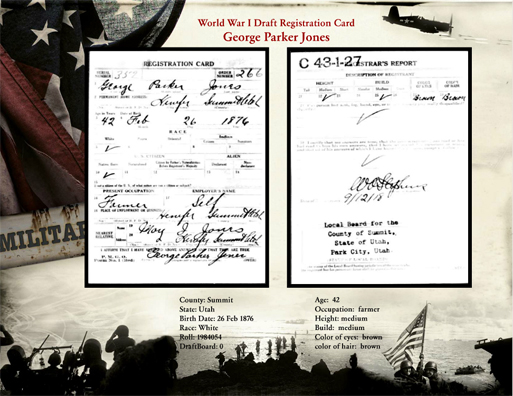Anyone can write down the facts in chronological order. But all that information can get dry and boring to read. Family history should be engaging–after all, these are our family members! They have such rich lives and beautiful stories to tell that they deserve more than only bare facts. However, genealogists and researchers may not have training in writing. Here are MyCanvas’s quick and dirty tips to writing better family histories.
Choose a starting point
If you’re telling your family’s history, it seems most intuitive to start at the very beginning: the day your ancestor was born. But think of your favorite books. Do they start from the moment the main character is born? Likely not. The information is important, but it creates a boring narrative to go from the day they were born to the day they died.
Every book begins with a hook. This is an interesting scene in the character’s life where something exciting or life-changing is going to happen. Find a hook in your ancestor’s story, like the moment they married or the moment they emigrated to a new town or country.
Use historical context
Enrich the world your ancestors lived in by adding narrative context. Did they live close by where important events took place? You may be able to determine this from even simple records, like expenses. These, along with dates, might help you learn what an ancestor was buying and what it might mean to the rest of their lives.
Yes, putting context into your family history means doing a little bit of extra research. But there’s a fix for that! If you have your records and pedigree on Ancestry.com, the site provides historical insights on your ancestor’s timeline. This helps you find starting places for your research!
Find a narrative frame
Narrative separates a well-written biography from a collection of facts. From the historical context, you might find themes you can use to tell this narrative. For example, if they lived during a major war, the Great Depression, westward expansion, or a religious revival, that may have affected their lives. You can use these to build on themes of family, faith, survival, adversity, or loss.
A narrative frame also helps you avoid data-dumping. Data-dumping is merely stringing facts together without telling a story. If you were to delete all of the names, dates, and places, but it leaves you with a paragraph that looks like “… was born in … he married … in …”, then you need to rewrite. Find the story beyond the facts, and you’ll have an engaging story to share with your family!
Cite your sources!
Even if this is just for your family, don’t quote directly from existing biographies without citing them. If you don’t want to cite a source, but you want to use that information, use it in your own words and in a different order, as much as you can.
Include the hard stuff
Our ancestors’ lives included the bad times, as well as the good. It’s okay to write about difficulties they went through, like the loss of loved ones or war or financial struggles. This gives your stories dimension, and helps increase interest in how your ancestors overcame these hardships. Remember, though, to avoid making it too fluffy with excess sentiment. That means staying away from cliched descriptions of sadness (e.g. floods of tears) as you write.
Also, sometimes we may learn that our ancestors did not do things we’d approve of. Maybe they owned slaves. Maybe they served time in prison, or hurt people. These kinds of things are important to include, too, because they show that our ancestors were flawed and human. Don’t sugarcoat facts like these, and don’t pretend they didn’t happen. History–even our family history–can be messy.
Better prose tips
Even with plenty of research, a book can live or die by its prose. Here are a couple of tips for writing better prose.
- Write in 3rd person (he/she, his/hers/ him/her. Unless you are using quotes from a diary or letter, avoid writing in 1st person (I, me, my).
- Avoid cliches (e.g. kill two birds with one stone, unless this is something he/she said often or if it’s important to your family).
- Avoid overly-emotional phrases (e.g. mother’s arms and sweet lullabies).
- Read your story out loud! Sometimes, we don’t realize an error until we say it out loud. If a sentence ever reads awkwardly for you or for someone else, rewrite it.
Our most important tip? Start writing today! Writing, like any skill, requires practice. You might find blogs on better writing all over the internet, or take a creative writing class in your community.
Finally, share it! No matter what you write, your family will treasure your story. You’ll help your family history live on through the stories you share.



